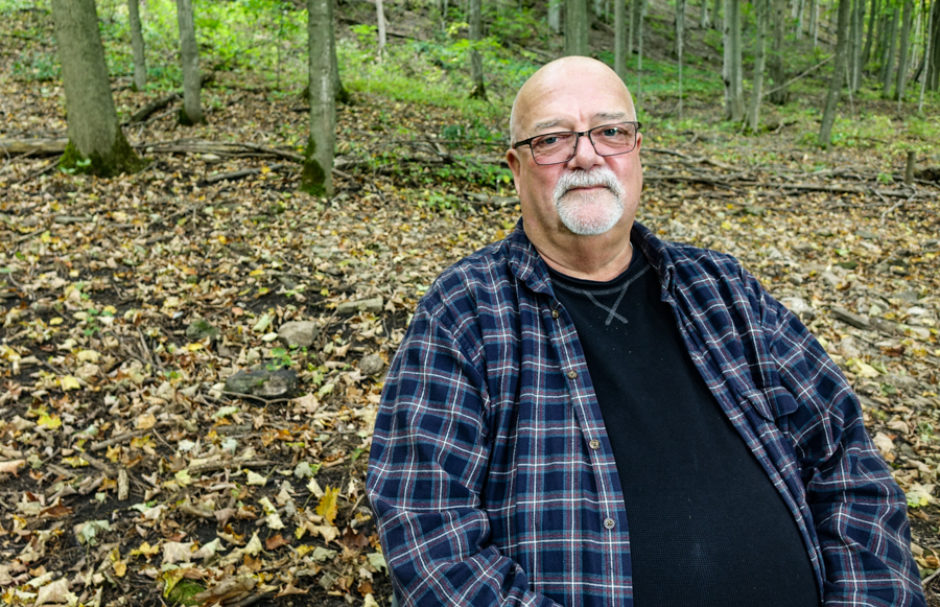As Judy Henry lay dying this past summer, her husband, Bill, showed her a picture of the shady spot that would become her final resting place.
"When I showed Judy a photograph of this beautiful forest, she smiled and said, 'I'm gonna become a tree.' That's when I knew this place was perfect for her,” Bill said.
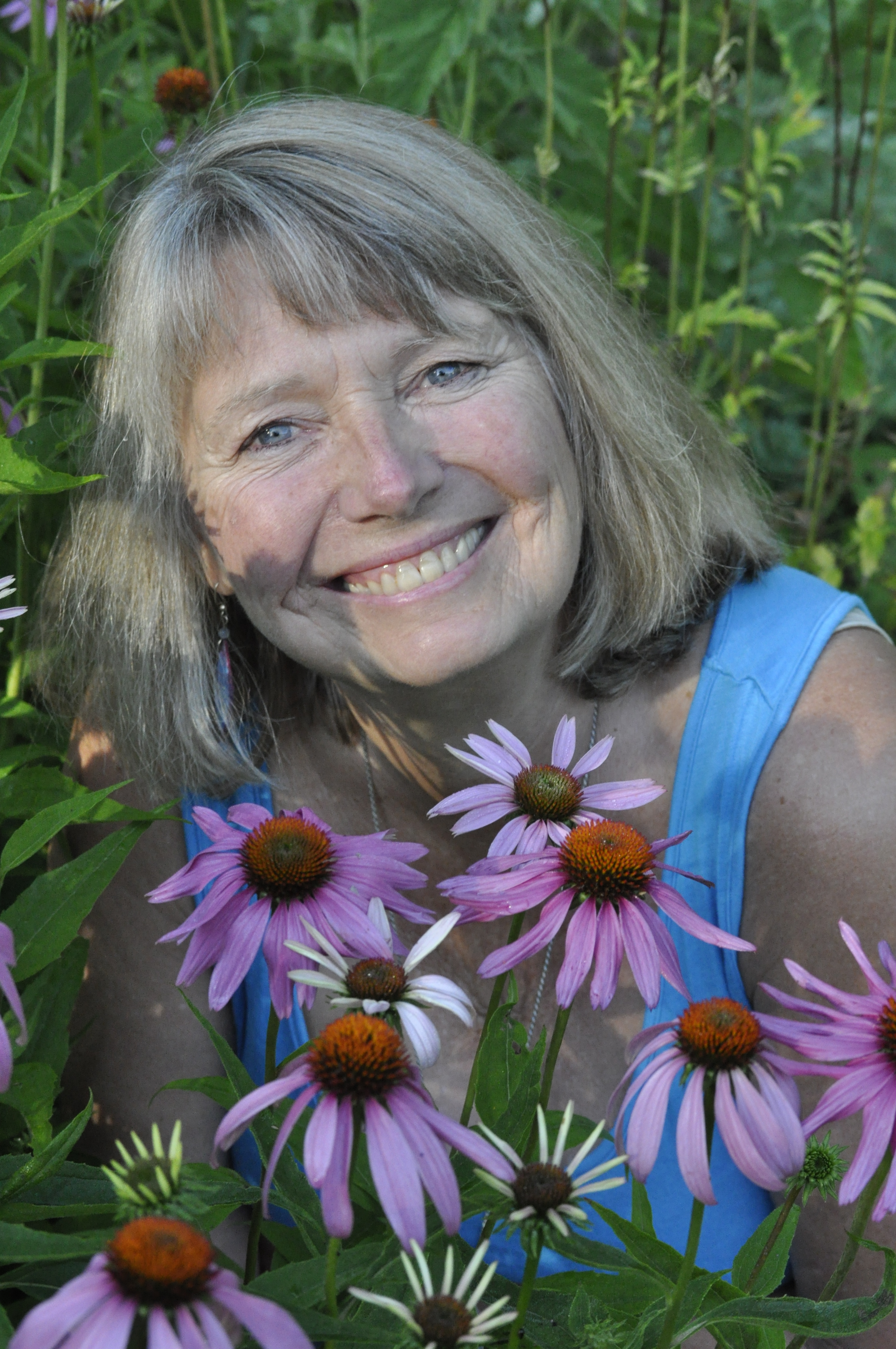
Judy's burial under the maple trees in a quiet corner of Picton's Glenwood Cemetery is believed to be the first of its kind in eastern Ontario.
She was not embalmed. Instead of being placed in a coffin, her body was wrapped in a simple shroud and placed directly into the ground. No headstone marks her grave.
Visit Picton's new green burial area with Bill Henry, who recently laid his wife Judy to rest there.
Advocates of this style of burial say the coffins and vaults used in conventional North American funerals can take centuries to decompose. Embalming fluids containing the carcinogen formaldehyde can leach into soil.
Green burials are designed to have as little environmental impact as possible. No chemicals are used, and the remains are buried in biodegradable wraps or containers.
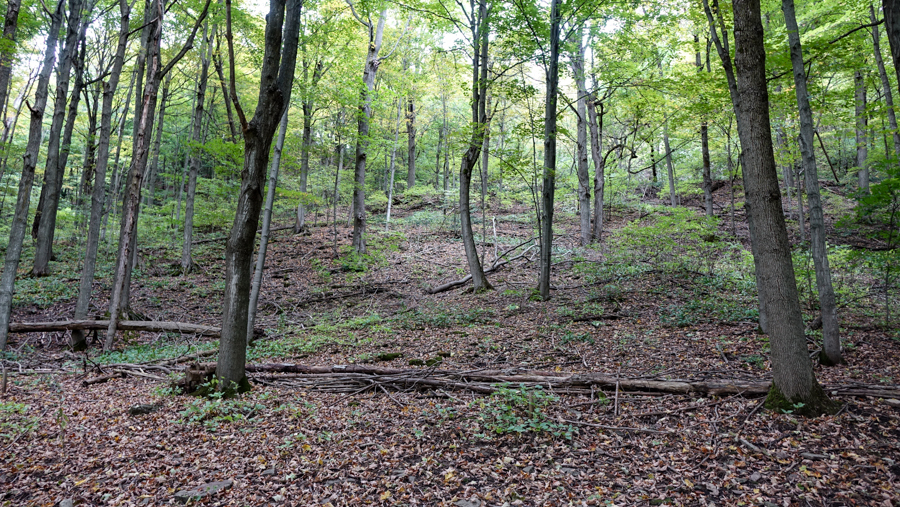
Judy was a medicinal herbalist who ran an organic herb company. Bill recalls her as a spiritual person who cared deeply about the environment.
After Judy received a terminal cancer diagnosis, the couple started investigating greener burial options. Glenwood Cemetery was the closest location to offer what they were looking for.
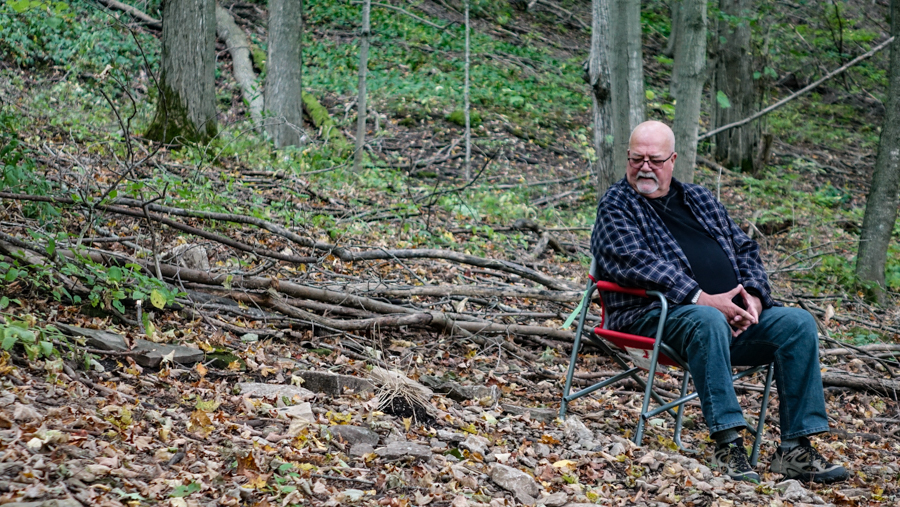
Still rare in Canada
"We're seeing an increase in interest, but not an increase in opportunities for green burials in Ottawa," said Judith Wouk.
Wouk leads a non-profit group called the Funeral Information Society of Ottawa that aims to educate people about their end-of-life options.
Wouk said cemeteries don’t provide green burials because there are so few requests. "People don’t ask because they don’t know green burial is even an option," Wouk said.
In all of Canada, only one cemetery, on Denman Island, off the coast of Vancouver Island, is dedicated exclusively to green burial. In Ontario, seven cemeteries have designated sections for green burials. Only one is in this region.
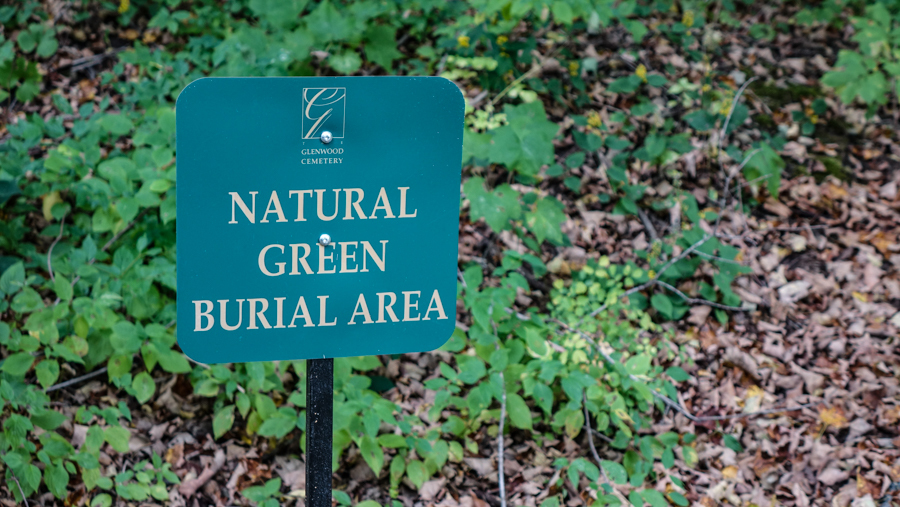
"When I heard about green burials, I thought we could find a spot in our forest and do that," said Glenwood Cemetery grounds manager Helma Oonk.
Oonk is originally from the Netherlands, where green burials are common. For her, bringing green burial to Glenwood was a natural decision.
"In some traditions they are already doing this," explained Sandra Latchford, chair of the Glenwood Cemetery board, who also pointed out that not embalming a body is common in both Jewish and Muslim burial traditions.
"Early pioneers didn't have concrete vaults. They'd have a simple casket or maybe a shroud. So we are going back to the olden days," Latchford said.
At Glenwood, a green burial plot costs the same as any plot in the cemetery, but families save money by foregoing embalming, headstones and coffins.
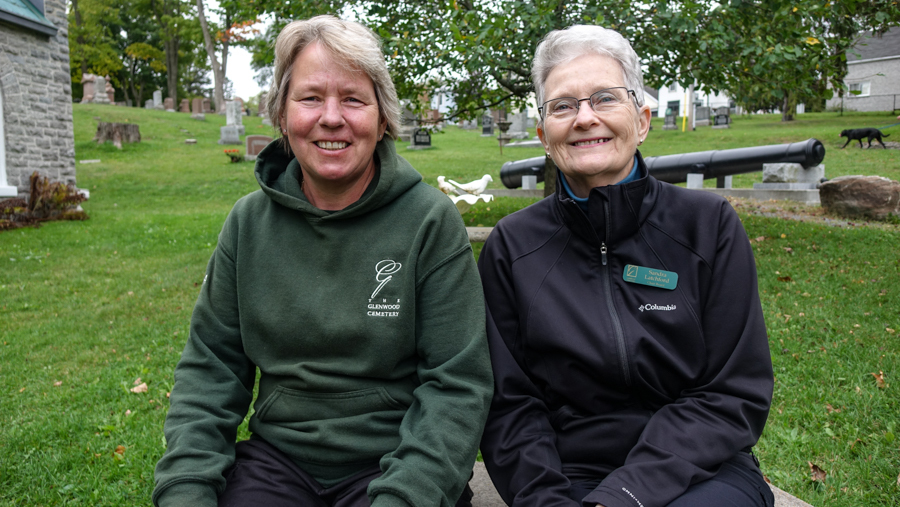
'So Judy'
While Judy was in palliative care, she collected roses and honeysuckle from a hospital patio. She planned to dry the flowers and give them to her friends.
Judy died before she had a chance to do that. Instead, during her burial ceremony, Bill distributed the dried flowers among their friends and family, who laid them in the grave.
"I wanted to honor Judy's beliefs as best I could," Bill said.
Friends and family agreed the funeral was ‘so Judy,’ he said.
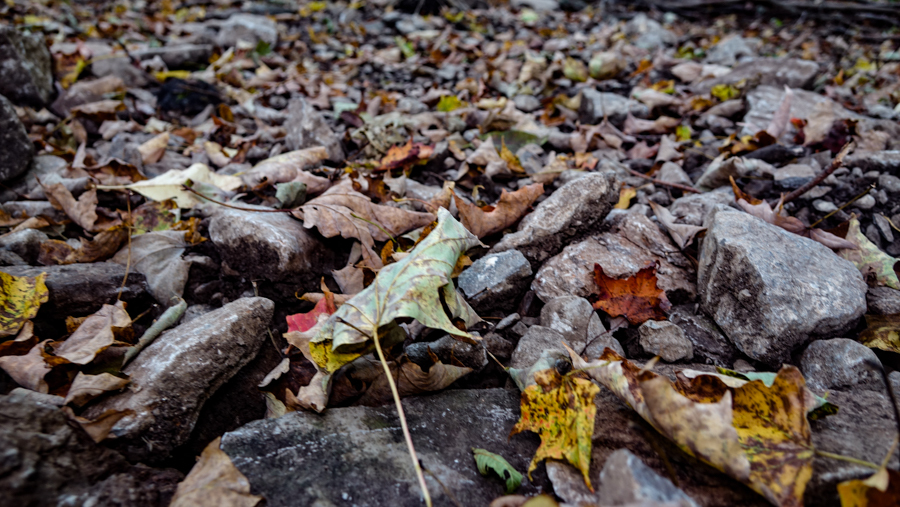
Together forever
When the trees started changing colour this fall, Bill Henry returned to Glenwood to find Judy’s grave camouflaged by fallen leaves.
"I spent the last three hours this morning sitting in this chair beside my wife's grave literally talking to her out loud. It sounds strange, but it was weirdly satisfying," Bill said.
Bill and Judy were married for 50 years. One day he will be laid beside her in a green burial plot of his own, the couple reunited forever in the quiet shade of the forest.
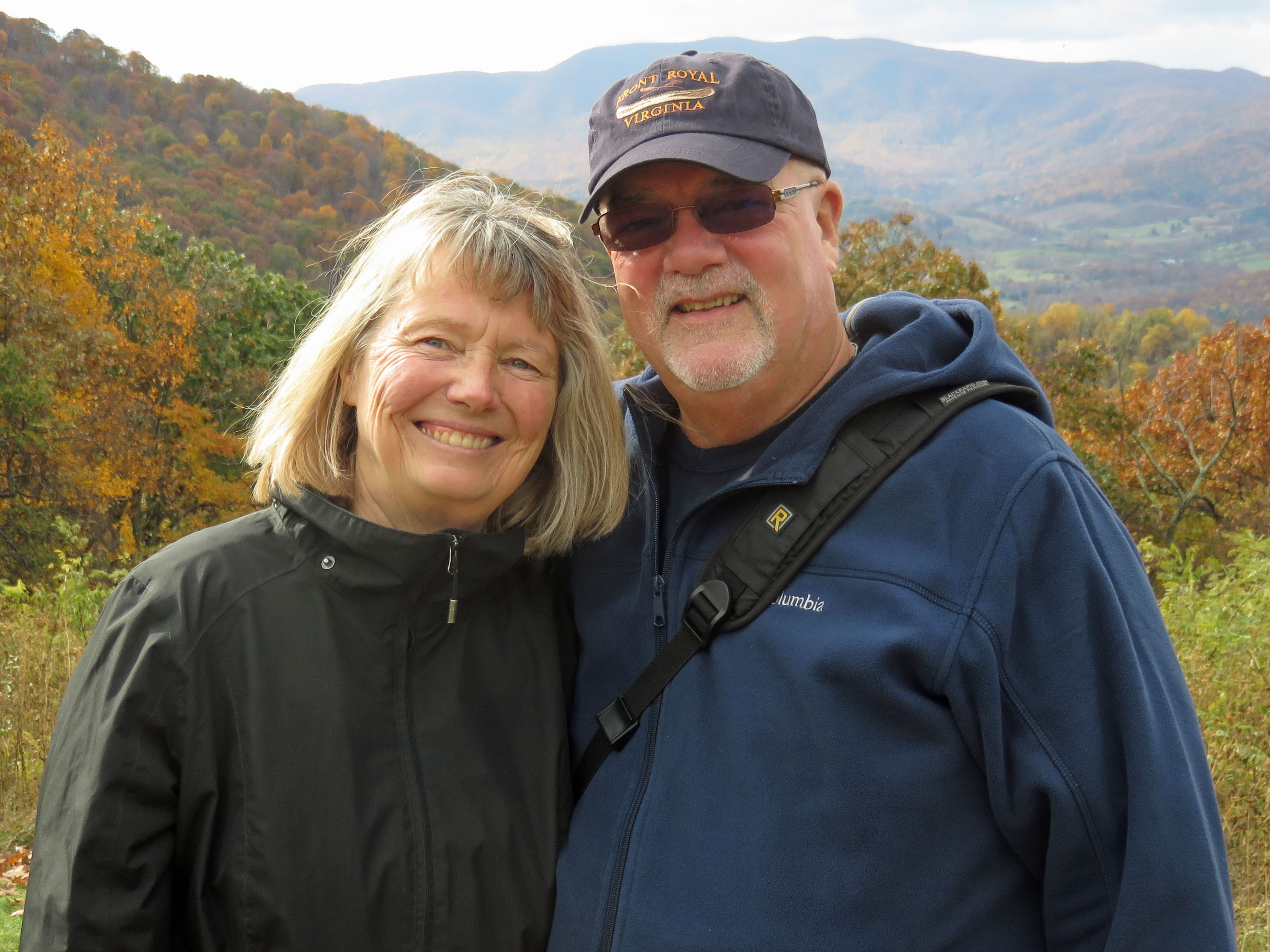
Ash Abraham is an associate producer and reporter at CBC Ottawa. You can reach her by email at ash.abraham@cbc.ca.
